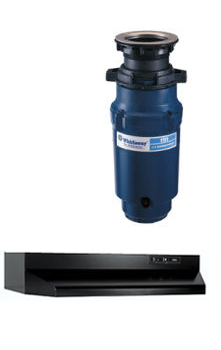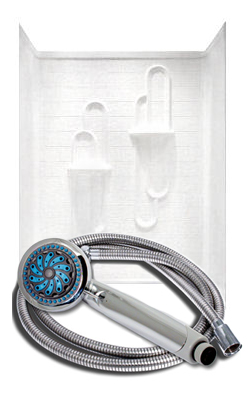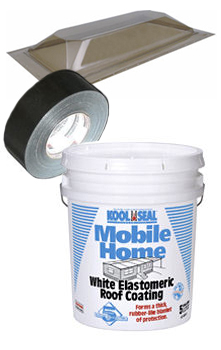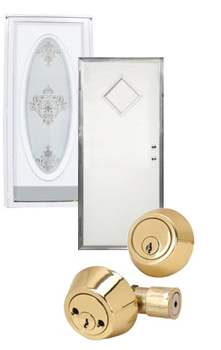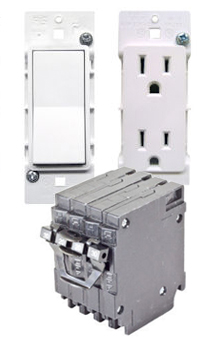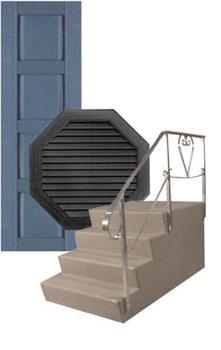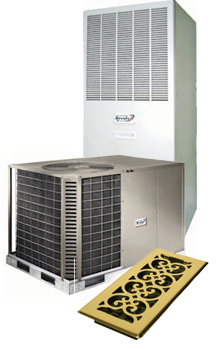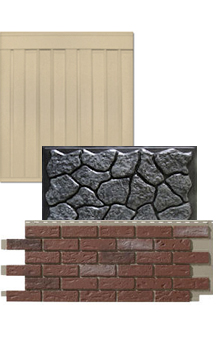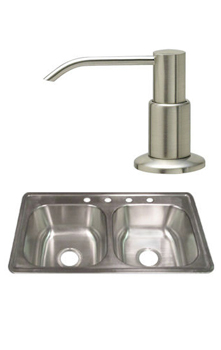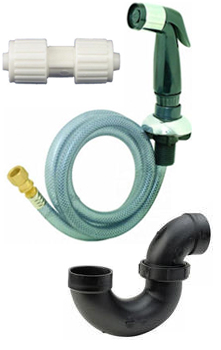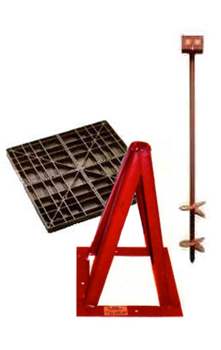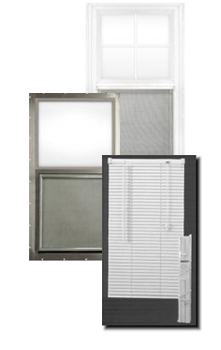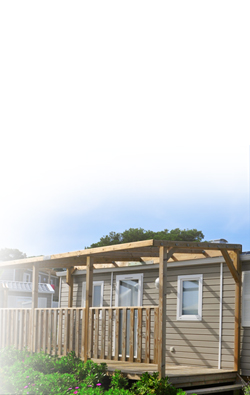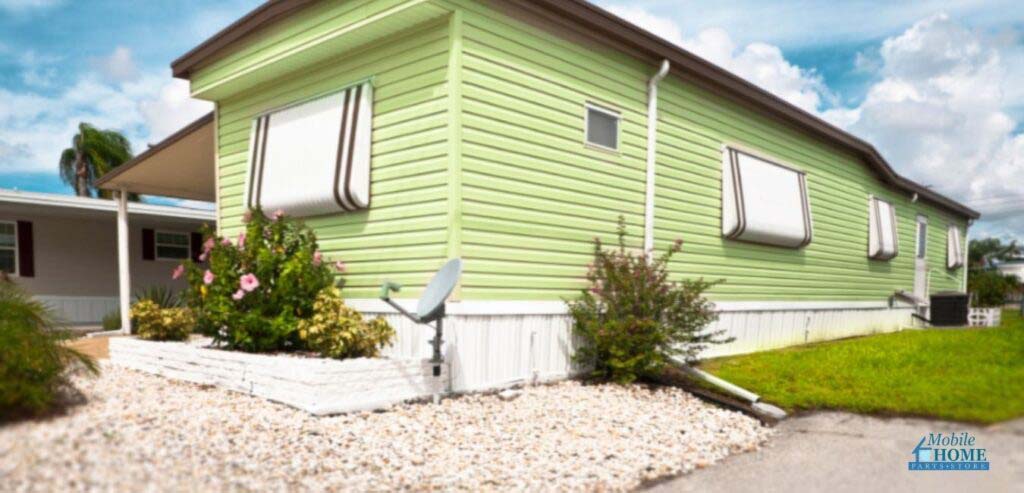 Whether you’re a long-term mobile homeowner or new to the scene, skirting is a topic you cannot afford to ignore. It’s an essential part of a mobile home, not only for aesthetics but also for protection. But why is skirting important? What type is best for your home, and how is it installed? This article is your ultimate guide to mobile home skirting, offering all the essentials you need to make an informed decision.
Whether you’re a long-term mobile homeowner or new to the scene, skirting is a topic you cannot afford to ignore. It’s an essential part of a mobile home, not only for aesthetics but also for protection. But why is skirting important? What type is best for your home, and how is it installed? This article is your ultimate guide to mobile home skirting, offering all the essentials you need to make an informed decision.
What is Mobile Home Skirting?
First things first: What is mobile home skirting?
Skirting, also known as underpinning, is a material used to enclose the crawl space of a mobile home. It acts as a visual cover, extending from the bottom of the house to the ground or the foundation. But it’s far more than just a matter of curb appeal.
Benefits of Mobile Home Skirting
Here’s a brief overview of the benefits of mobile home skirting:
- Provides a protective barrier against pests or critters/li>
- Shields plumbing and structural elements from weather conditions
- Helps maintain the temperatures inside the home
- Prevents moisture buildup, which can lead to harmful mold growth
- Can help lower insurance costs
- Keeps the space safe for children
- Ensures compliance with state and local mobile home code regulations
- Enhances the look of your home and allows you to personalize its appearance
Skirting Solutions
So, what options do you have for mobile home skirting?
The skirting you choose for your home will depend on your budget, the climate, and personal preference. Here’s a brief overview of the most common skirting materials:
Vinyl Skirting
Ranked as one of the most popular skirting options, vinyl skirting is budget-friendly and quite attractive. Typically made of vertically lined panels, this skirting comes in various colors and styles to match your home’s exterior.
Vinyl skirting installation requires four different components: the panels, U-channel ground tracks, the top J-channel, and the trim. Each panel is usually sold at 11’8″ in length, allowing mobile homes on an incline to adjust the panel’s height easily to fit the area.
For example, if your home sits on an incline, you can cut the panels at the correct angle to fit the area – one side of the panel could start at 2 feet and end at 1 foot.
Another benefit of mobile home vinyl skirting is that vinyl is environmentally friendly and one of the most sustainable materials on earth.
Mobile Home Parts Store’s Deluxe Vinyl Skirting
Mobile Home Parts Store offers Deluxe Vinyl Skirting with 4.9 sq. inches of ventilation per foot and unvented panels. However, some building codes may not allow vented panels, so it is best to check with your local inspector before purchasing. Vented and non-vented vinyl skirting is available in five colors to match all of your skirting needs.
Simulated Rock Skirting
Just ranked slightly below vinyl in popularity, rock skirting offers a high-end look without the expense and hassle of masonry rock. Instead, these panels emulate the appearance of natural stone, such as granite and sandstone.
Mobile Home Parts Store’s Reil Rock Skirting
While rock skirting is more expensive than vinyl, it provides superior durability. Reil Rock skirting from Mobile Home Parts Store is constructed from a single mold of ABS material to help insulate the area beneath your home and holds up in inclement weather. It is available in 60″ sections with three different height options, including 32 “, 36″, or 48”.
This type of skirting is relatively easy to install, allowing for a top track if needed. Similar to vinyl’s U-channels, if your panel is shy of a couple of inches, you can use the top track to cover up the access.
Simulated Stone and Brick Skirting
If you’re aiming for a more traditional look, stone, and brick skirting might be a perfect choice! Although similar to rock skirting, these types boast an uncanny resemblance to authentic stonework.
This insulated mobile home skirting class is made of injection molded copolymer for superior quality. Its remarkable resilience enables it to bear wind speeds up to 150 mph and radically shifting temperatures. Although stone and brick skirting tend to be more expensive than vinyl and simulated rock, their outstanding curb appeal and weather resistance could make them an excellent investment.
Mobile Home Parts Store’s Novik Skirting
A contemporary design, Novik stacked stone, and brick are among our most popular skirting styles – a classic look coupled with easy maintenance.
Our stacked stone is available in a soft desert, gray canyon, or rustic mountain blend. Meanwhile, Novik’s brick skirting comes in a classic old red, vibrant red, or brown blend. While other brick or stone skirting might fade over time, Novik infuses additives and anti-UV stabilizers into the copolymer to ensure resistance to streaking or discoloration.
Coming in at 48″ in length by 18 ½” in height, installation is a breeze for one person using only traditional tools. Novik’s stacked stone and brick are a simple way to achieve the beauty of natural stone without the hassle of mortar or masonry skills.
Consideration Before Buying Mobile Home Skirting
Before rushing to purchase your new skirting, there are some critical factors to consider:
- How to Measure for Mobile Home Skirting?
- How to Calculate Your Mobile Home Skirting Cost?
- Do You Need Ventilation for Your Mobile Home Skirting?
How Much Skirting Does Your Mobile Home Need?
Before purchasing, take some time to determine how much skirting you’ll need. Skirting is usually made in large lots that can vary slightly in size. If you do not order enough skirting, this could lead to difficulty. Determining how much skirting you need will limit the variation between the skirting panels you install, making your project much more manageable.

Step 1: Measure the Perimeter
It’s time to go back to 4th-grade math class. To determine the perimeter of your mobile home, simply add each side together. You will want to take measurements to the nearest foot and round up, for instance, if your width is 23′ 6″.
For example, let’s say a double wide is 27 feet wide and 50 feet long. In that case, you would add 27+27+50+50=154 feet.
Do not multiply the width of your mobile home by its length. Multiplying will give you the square footage of the home. We need the perimeter footage.

Step 2: Calculating the Average Height
After calculating the perimeter, you must find the average height for your skirting. Start by measuring the distance from the ground to the bottom of your mobile home in six locations (since the ground may not be level): all four corners and the center of your home in the front and the back.
Once you have all six measurements, add them and divide the total by six. Then add 1 inch.
Cost of Manufactured Home Skirting
With that measurement in mind, material costs can be calculated based on how many skirting panels you need to complete the job. Depending on the skirting, the panel length and width will vary. Check the listed dimensions of an individual skirting panel. Use the measurement of the perimeter of your mobile home, and divide that by the length of the panel. If you have a decimal, you will need to round up.
For example, if the perimeter is 154 feet and each panel is 48″ in length x 18 1/2″ in height, you would take 154/48= 3.2083. Therefore you would need 4 skirting panels to wrap around your mobile home.
However, if you are ordering skirting from Mobile Home Parts Store, let us handle all the math. We offer skirting calculators on each skirting product page to help simplify your shopping experience.
Venting is Vital for Mobile Home Skirting
Regardless of your skirting, proper ventilation is critical to prevent moisture buildup, which can lead to mold, mildew, and structural damage. The general rule of thumb is to have one square foot of venting for every 150-200 square feet of floor area.
However, you must be careful where you place the vent in your skirting. Vents should not be located near the plumbing pipes. But should be evenly distributed around the perimeter, with one located within three feet of each corner. This allows air to circulate efficiently and prevents dead air pockets from forming in the corners of your crawl space.
Vapor Barriers
It is wise to consider installing a vapor barrier to keep moisture at bay. A vapor barrier, such as plastic sheeting, can be used on the ground under the home to reduce moisture. Before installing your mobile home skirting, extend the vapor barrier about 6″ past the perimeter of your home. You can use the ground frame or the C channel for those using vinyl to secure it to the ground. Extending your vapor barrier can also help deter weeds and grass from growing close to your home. Reducing the chance of damage to your beautiful new skirting.
Installing Mobile Home Skirting
Depending on what type and brand of skirting you have ordered for your mobile home will determine how it should be installed. Luckily we have helpful PDFs for each of our mobile home skirtings to make your installation process a breeze.
- Vinyl Skirting Installation Guide
- Novik Brick or Stone Skirting Installation Guide
- Reil Rock Skirting Installation Guide
Skirting Maintenance Tips
Regular maintenance of your mobile home skirting can extend its lifespan and maintain its appearance. To prolong the life of your new skirting, follow these maintenance tips:
- Regular Inspection: Regularly check for damages or loose areas, particularly after severe weather.
- Cleaning: Keep the skirting clean to prevent mold and mildew.
- Pest Control: Regularly inspect for signs of pests and take immediate action if needed.
- Ventilation Check: Ensure vents are unobstructed to maintain proper airflow.
- Repair/Replace Damaged Areas: If an area is damaged, repair or replace it promptly to prevent more extensive problems.
Mobile Home Skirting Takeaway
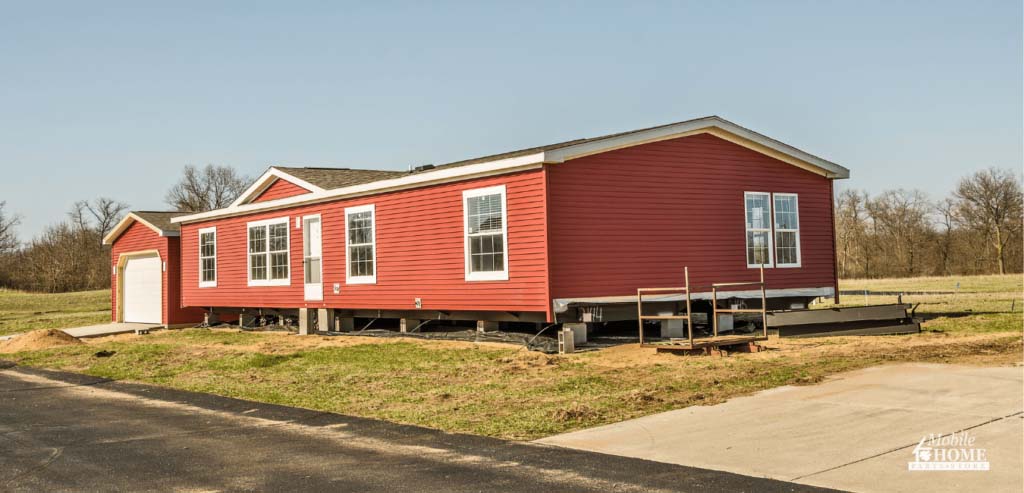 Mobile home skirting is more than just an aesthetic feature – it’s a vital component of your home that offers protection, energy efficiency, and value. With this guide in hand, you’re ready to choose and maintain the perfect skirting for your mobile home. Remember, a well-skirted home is a well-protected home. Happy skirting!
Mobile home skirting is more than just an aesthetic feature – it’s a vital component of your home that offers protection, energy efficiency, and value. With this guide in hand, you’re ready to choose and maintain the perfect skirting for your mobile home. Remember, a well-skirted home is a well-protected home. Happy skirting!
Do you have additional questions about your mobile home skirting?
Call us now! 1-888-277-7220
(Open on weekdays from 8:00 am-5:00 pm EST)
Tags: Brick Skirting, diy, home improvement, mobile home skirting, Skirting for mobile home, Stone skirting, Vinyl Skirting


